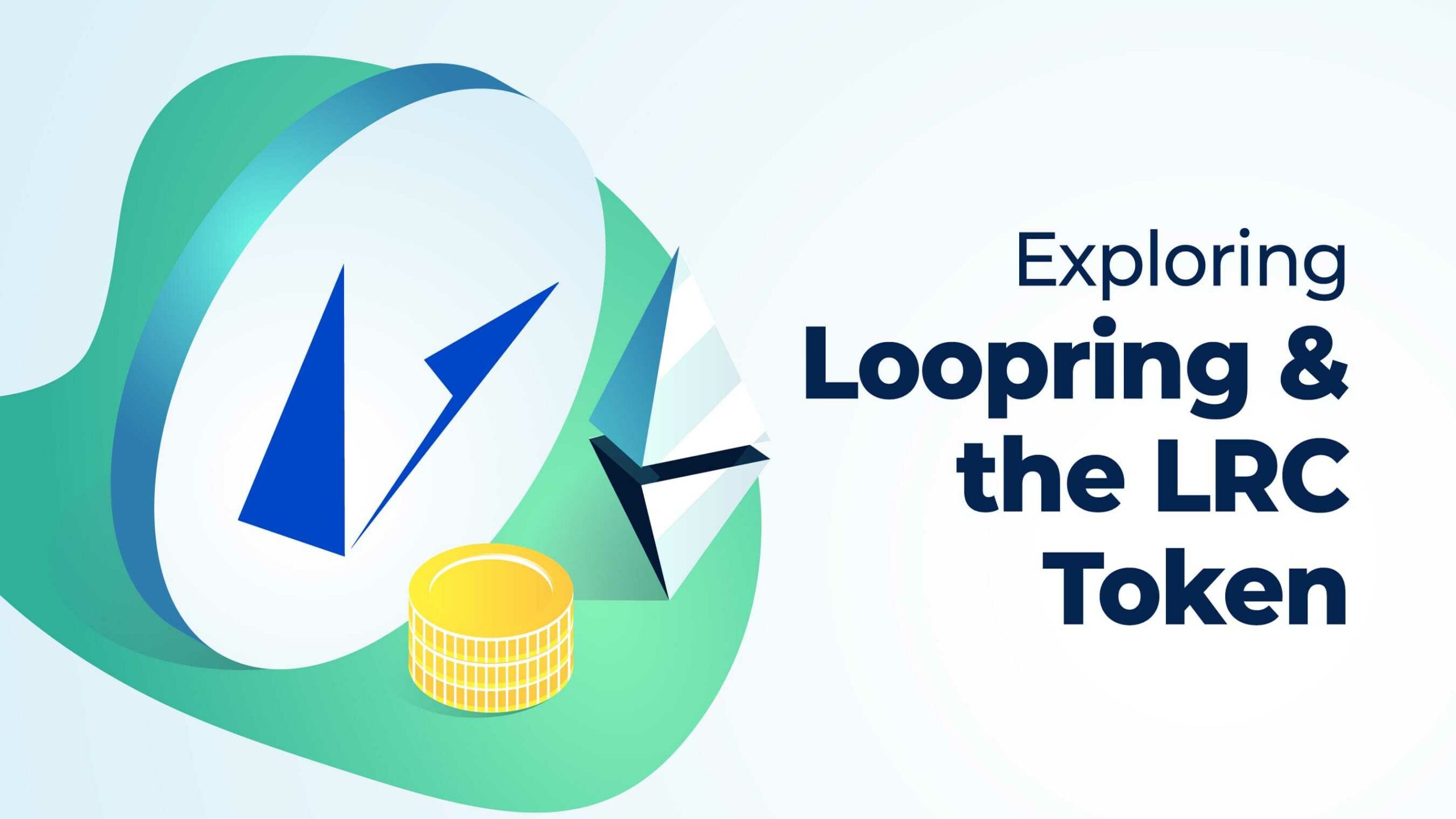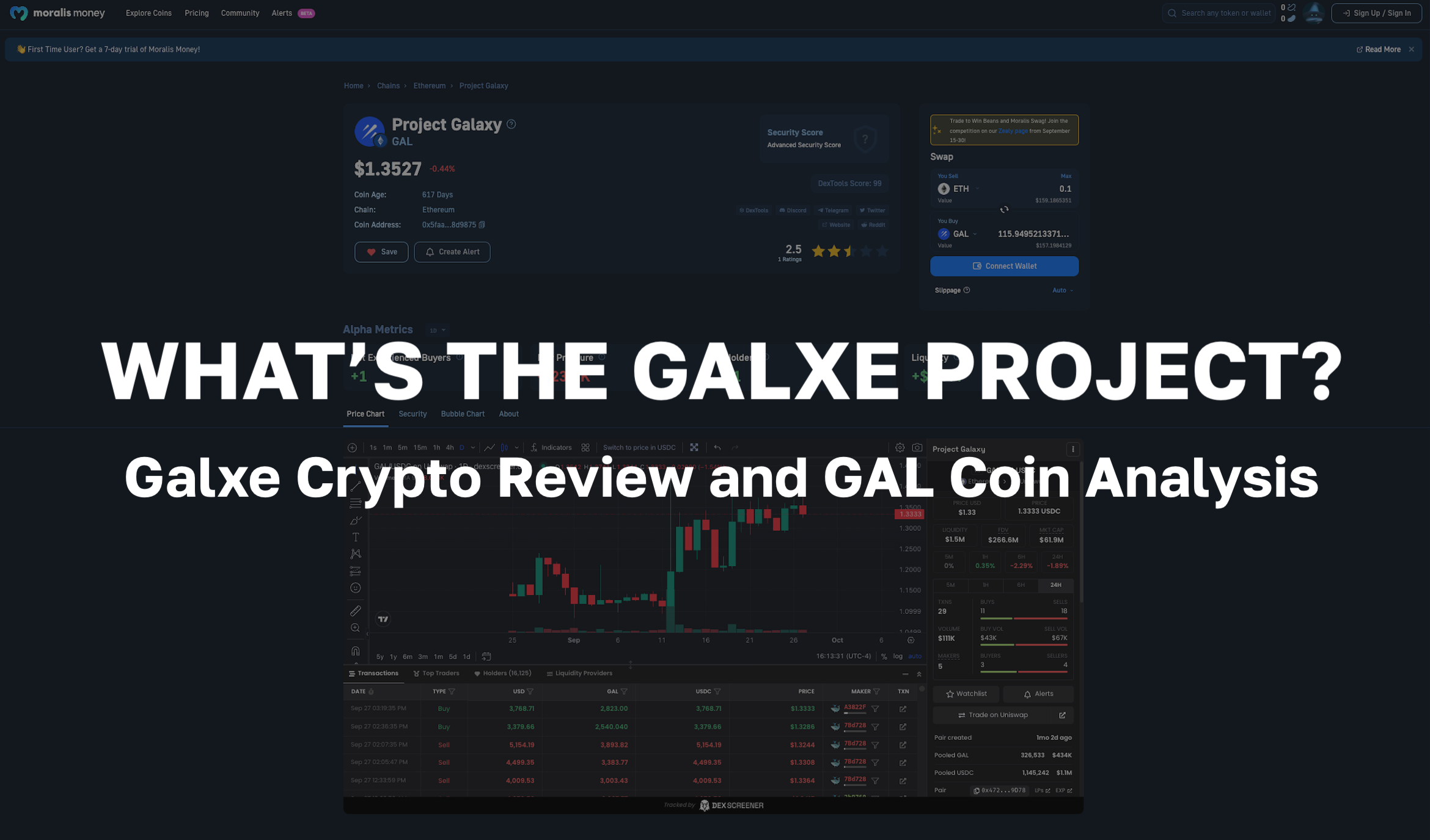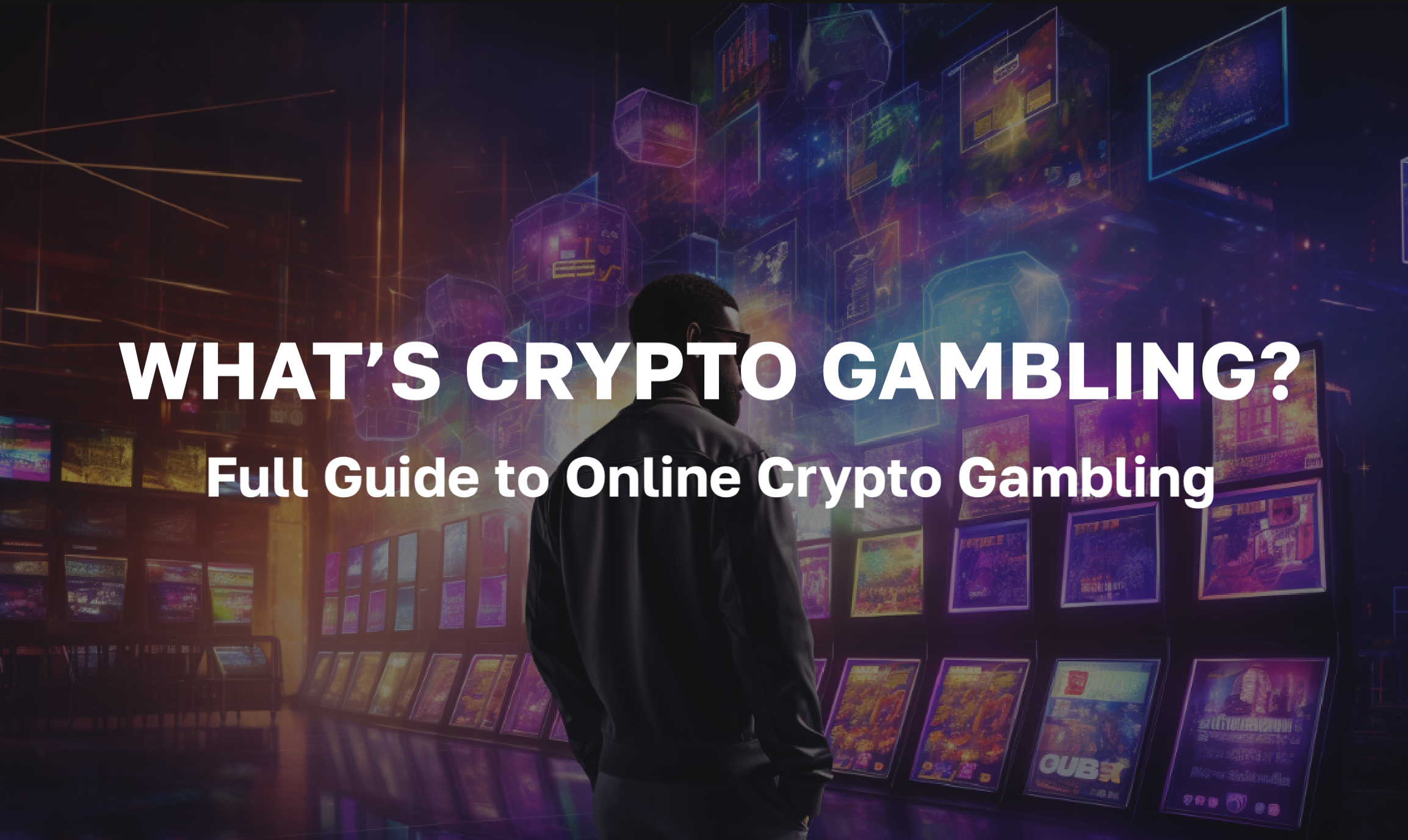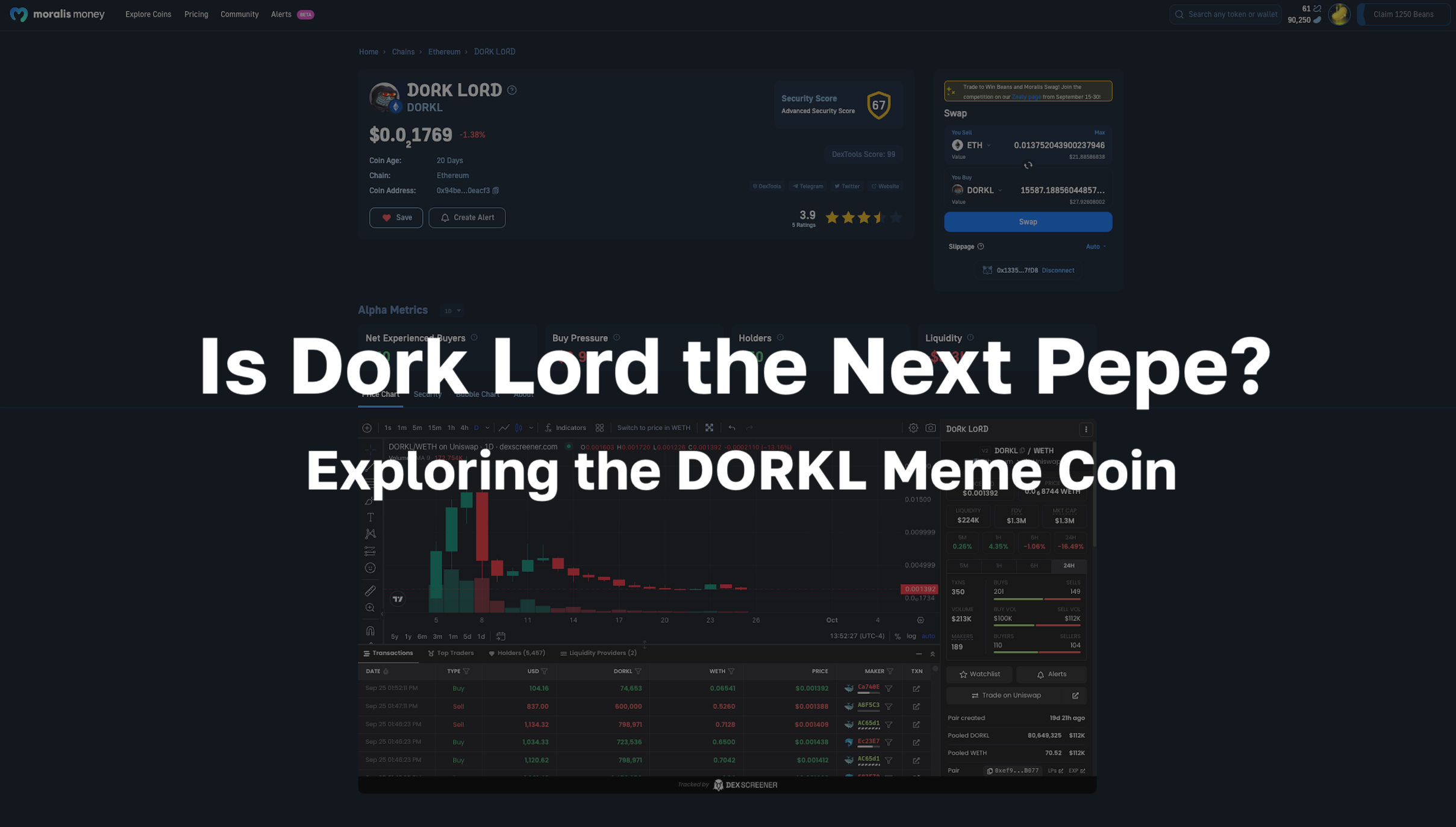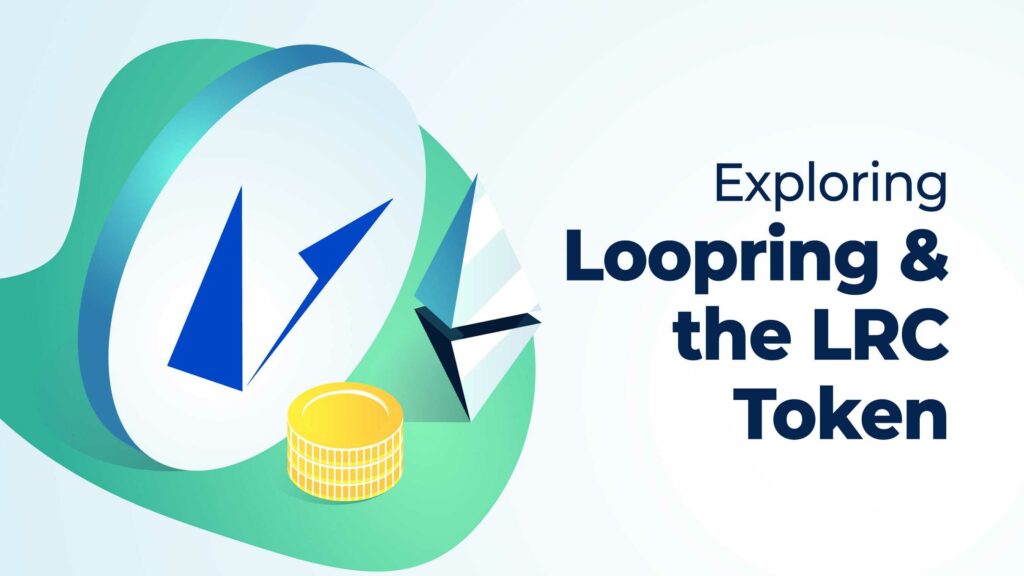
Loopring is an automated market maker (AMM)-based decentralized exchange (DEX). Plus, the project offers a payments protocol that functions as an Ethereum scaling solution and layer 2 protocol. Powered by the native LRC token, the Loopring crypto platform offers ultra-fast, gas-free trading, liquidity mining, and token swap. Users of the Loopring exchange benefit from the security of the main Ethereum chain, but without the bottleneck of transactions that result in slow transaction confirmations and high fees.
In this article, we’re going to dive deep into the Loopring crypto platform. We’ll explore Loopring Exchange, the LRC token, and the Loopring relayer. Also, we’ll discuss some of the core technologies that power the platform, including Merkle trees, zero-knowledge proofs (ZKPs), and zkRollups.
Check out the Blockchain & Bitcoin 101 course at Moralis Academy to gain a firm understanding of blockchain technology. Then, see our Ethereum 101 course to learn about the differences between the two most-prominent blockchains. Here, we teach students about the origins of smart contracts, the Ethereum Virtual Machine (EVM), and the history of programmable money! Or, why not check out the Crypto for Beginners course to learn how to safely buy and sell crypto using a reputable exchange account? Plus, we teach students how to recognize and avoid scams! Start your crypto journey today with Moralis Academy!
What is Loopring?
Loopring is an open-source payment protocol, decentralized exchange (DEX), and layer-2 solution on Ethereum. Using zkRollup technology, Loopring Exchange offers a non-custodial trading experience with low fees and Ethereum-grade security. Also, Loopring provides the underlying technology to power scaleable DEXs and process thousands of off-chain requests in batches. The execution of transactions is verified using zero-knowledge proofs (ZKPs). Many computations are taken off-chain to avoid bottlenecking the Ethereum network. Transactional data is then re-constructed on-chain. Because operations such as trade and transfer settlements occur off the Ethereum blockchain, there is a significant reduction in gas fees.
Thanks to the Loopring layer 2 solution, users of decentralized finance (DeFi) protocols can enjoy low fees and high performance without compromising on security. Furthermore, the Loopring crypto platform successfully replicates the speed and cost of custodial alternatives while creating DEXs to “outcompete incumbent fintech”. Moreover, the Ethereum scaling solution does not use external validators or consensus. As such, the platform inherits the complete security of the Ethereum network. Also, the Loopring zkRollup protocol is the first deployment of its kind on Ethereum. Plus, user funds are kept safe from the liabilities associated with centralized exchange custody.
The Loopring protocol is a series of Ethereum smart contracts and zero-knowledge (ZK) circuits that take computations off-chain to enable higher throughput and minimal settlement costs. The Loopring zkRollup protocol uses an “off-chain Quad-Merkle tree” for organizing user balance and trade histories before the reconstruction of transactions on-chain. Plus, deposits, withdrawals, and settlements are batch-processed en masse to provide high performance.
Layer 2 Scaling Solution
Ethereum is the second-largest blockchain in the industry and the most-prominent smart contract-enabled blockchain. This means that transactions can suffer from delays and high gas fees during times of high network congestion. To remedy this, layer 2 solutions such as Loopring take computations off-chain to help prevent bottlenecking on the main chain.
The Loopring layer-2 application is a highly performant decentralized exchange (DEX) featuring a payments platform, an orderbook, and an automated market maker (AMM). Powered by the Loopring protocol and the Loopring relayer, the layer 2 solution offers super-fast, gas-free trading. From single token swaps to high-frequency trading and liquidity provision, Loopring provides a more cost-effective method of transacting than can be achieved directly on the Ethereum blockchain. Plus, this is achievable without compromising on security or usability. Moreover, by taking computations off-chain in this way, the Ethereum-based DeFi ecosystem can scale to meet the demands of mass adoption while maintaining decentralization and security.
Zero-Knowledge Proofs (ZKPs)
A zero-knowledge proof (ZKP) is an Ethereum scaling solution and a type of cryptographic method. It enables parties to prove to each other that a particular statement is true and valid without revealing any information other than the statement of validity.
zkRollup
Loopring’s zkRollup throughput is capable of around 1000x that of Ethereum. This equates to approximately 2,025 trades per second. Also, thanks to Loopring’s zkRollup technology, transactions cost as little as 1/100th the cost of interacting directly with Ethereum. This is because heavy computations are taken off-chain. Using zero-knowledge validity proofs to attest off-chain computations, zkRollups can “roll up” large volumes of transactions with minimal costs while retaining the security of the Ethereum blockchain.
Merkle Tree
A Merkle tree is a mathematical data structure consisting of hashes from various blocks of data. It serves as a summary of every transaction in a block and enables secure and efficient transaction verification for large batches of data. The concept of Merkle trees originates from Ralph Merkle, who patented the idea in 1979.
Also known as “Hash Trees”, Merkle trees are present in both the Bitcoin and Ethereum protocols. In this type of data structure, all transactions within a block are stored using a digital fingerprint of the whole batch of transactions. Also, Merkle trees enable users to verify if a transaction has been included in a specific block.
Loopring Relayer
A relayer is a backend system that hosts, manages, and matches orders before passing them through smart contracts for settlement. A wallet serves as the frontend and, together with the relayer, makes a decentralized exchange (DEX). The Loopring relayer is a backend system that enables a zkRollup to operate.
Also, the Loopring relayer generates zkSNARK proofs and rollup blocks. Plus, it hosts the off-chain Merkle tree and updates it along with publishing data and proofs to the Ethereum blockchain, among other functions. The Loopring relayer is optimized for generating proofs and matching orders. Moreover, anyone can use the Loopring relayer to create gas-free decentralized applications (dApps).
The LRC Token
The LRC token is an Ethereum-based ERC-20 token that acts as an incentive for various actors throughout the network. This includes encouraging appropriate behavior from liquidity providers, insurers, and governance participants. Protocol fees come from transaction volumes in the form of LRC tokens and/or ETH, and are paid monthly. This enables participants to earn a passive income by securing the network.
Furthermore, the LRC token has seen a substantial increase in price following reports that that platform will host a new non-fungible token (NFT) marketplace for US gaming company GameStop. Following a rally to the upside of more than 200%, the LRC token is trading at around $1.29 at the time of writing, with a market cap of $1.6 billion, according to CoinGecko.
Loopring Exchange
Loopring Exchange is an orderbook and automated market maker (AMM)-based decentralized exchange (DEX) on Loopring’s layer 2. Using Loopring Exchange, traders benefit from low congestion, minimal fees, and high performance. The sleek graphical user interface (GUI) makes it simple to navigate, while the non-custodial service offers complete ownership of assets without a single entity or centralized party. The exchange operates on top of the Loopring protocol. Also, it acts as a payments application allowing anyone to send ETH or ERC-20 tokens to any Ethereum wallet address via Loopring the Layer 2 solution with minimal costs.
The “Legacy” version of Loopring Exchange is a clone of the popular Ethereum DEX, Uniswap. However, the latest version of the exchange boasts multiple trading types, including markets and liquidity farming.
If you want to take your trading game to the next level, check out the Technical Analysis 101 course at Moralis Academy! Here, we teach students how to read chart patterns and trading indicators. Plus, we show you how to remove your emotions from trading and instead use probabilistic outcomes. Following this, why not check out our Algorithmic Trading and Technical Analysis course? This course shows students how to develop and backtest a trading strategy before implementing it using custom trading bots! Whatever your goals in crypto and blockchain, Moralis Academy has the right course for you. Enroll today with a 14-day money-back guarantee!
Loopring Wallet
Loopring Wallet is a mobile Ethereum wallet with smart contract functionality and “baked in” zkRollup technology. According to Loopring, it is the first “ smart wallet app with L2 scaling” and offers a “powerful Ethereum experience in your pocket”. Loopring Wallet users can make payments, swap tokens using the Loopring automated market maker (AMM), become a liquidity provider (LP), and interact with decentralized finance (DeFi) protocols using a mobile device. Plus, these services are gas-free.
Furthermore, Loopring Wallet is fully self-custodial. However, the wallet does away with seed phrases like many crypto wallets and instead uses “social recovery”. The social recovery function enables users to select trusted people, institutions, and devices to serve as “guardians” of the wallet. If a user loses access to their mobile phone, they can access funds held in their Loopring Wallet, providing that more than 50% of their selected guardians are trustworthy. Additionally, users can apply transfer limits and create whitelists for trusted wallet addresses.
Distributed AMM (dAMM)
Often, layer 2 automated market makers (AMMs) can suffer from fragmented liquidity. The more fragmented liquidity is, the more expensive it becomes. However, Loopring is working in partnership with StarkWare to create the “distributed AMM (dAMM)”. dAMM shares liquidity across layers to address this issue using asynchronous liquidity sharing to expose liquidity providers to more trading opportunities. Originally named “Caspian”, dAMM is a layer 2 AMM that aggregates liquidity in a sole layer 1 pool and enforces logic using a layer 1 smart contract. This results in higher levels of capital efficiency and flexible development options while benefiting from layer 1 security.
Furthermore, dAMM liquidity pools can operate across multiple layer 2 AMMs at the same time, enabling scalability while avoiding liquidity fragmentation. Plus, the technology allows dAMM transactions to process on multiple AMMs without the need for mandatory communications. This works by separating the liquidity pool and the pricing state. When user funds and state decouple, several states can sit on top of the same liquidity pool.
Moreover, because dAMM is available on several markets, it processes more trades than it would on a single market. Resultantly, dAMM generates more fees for the same amount of liquidity and is, therefore, more capital efficient. The rates and consistency of token swap prices also reflects this, as more liquidity generally allows for better prices.
Exploring the Loopring Crypto Ecosystem and the LRC Token Summary
The Loopring crypto protocol is an Ethereum scaling solution offering ultra-fast gas-free trading, token swaps, and liquidity farming. The platform will also support non-fungible token (NFT) minting, swaps, and transfers directly on layer 2 for both ERC-1155 and ERC-721 token standards. The NFT marketplace will enable users to experiment with digital collectibles and artworks directly on layer 2. Plus, the layer 2 solution will also support deposits for layer 1 NFTs.
Thanks to the high throughput, super-fast confirmation times, and micro-fees the platform offers, Loopring is assisting in the mass adoption of decentralized finance (DeFi) by enhancing the scalability of the largest smart contract-enabled blockchain. Moreover, building and deploying applications on Loopring is far more energy-efficient than doing so directly on the Ethereum blockchain.
Do you want to become a blockchain developer? Regardless of experience, Moralis Academy has the right courses for you! If you have zero coding experience, we have you covered. Begin with our Javascript Programming for Blockchain Developers course to learn the basics of coding. Then, see our Ethereum Smart Contract Programming 101 and Ethereum Smart contract Programming 201 courses! Here, we teach students how to write and deploy smart contracts using Solidity and Truffle Suite. After this, see our Ethereum dApp Programming course. This course teaches students how to build and deploy decentralized applications (dApps) on Ethereum. Plus, we show students how to build a fully functional CryptoKitties NFT marketplace clone!
Moralis Academy is the ultimate Web3 and blockchain education platform available online. Join our community of over 30,000 students today! Also, don’t forget to follow us on Twitter @MoralisAcademy! We’d love to hear your thoughts about Loopring and the LRC token!
